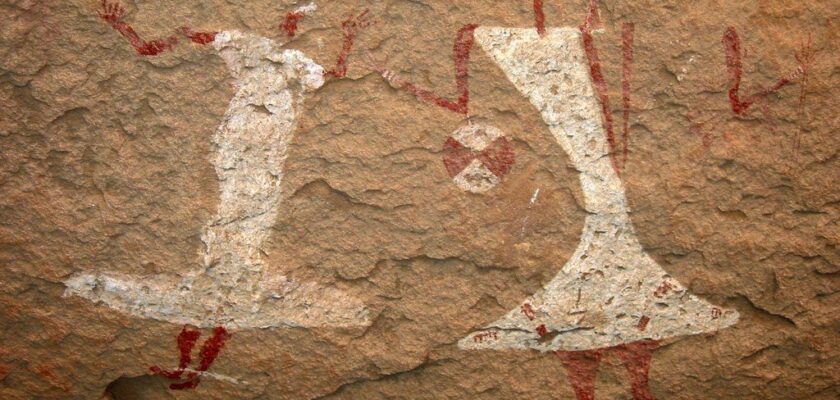Tassili n’Ajjer
Tassilin-Ajjer is an unusual national park located in southeastern Algeria on the plateau of the same name. It has been on the UNESCO World Heritage List since 1972. Its area is about 72 thousand km². The landscape of Tassilin-Adjer resembles the lunar surface, and prehistoric caves with 15 thousand rock paintings attract travelers from all over the world. From these images it is possible to trace not only human evolution in the harsh conditions of the Sahara, but also the climatic changes that took place and the migration of animals.
.Tassilin-Ajer means “plateau of rivers” in Tuareg. The name came about due to the fact that it was originally dominated by a much wetter climate. The plateau is about 500 kilometers long. The highest point is Mount Adrar Afao. Its height is 2158 meters.
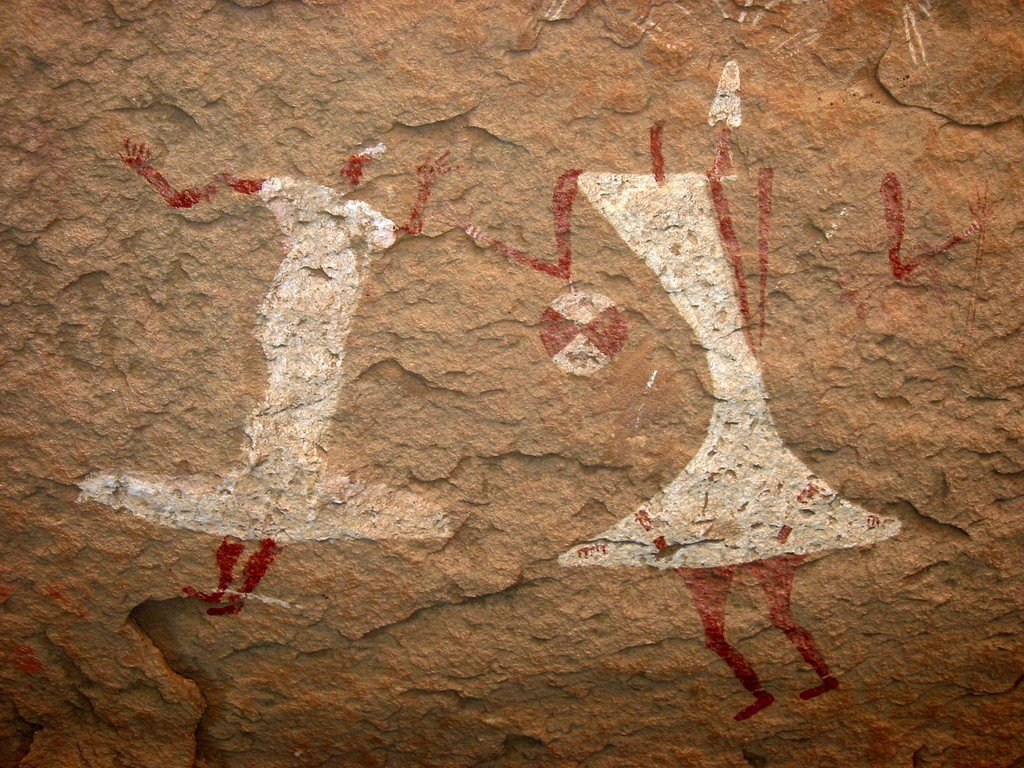
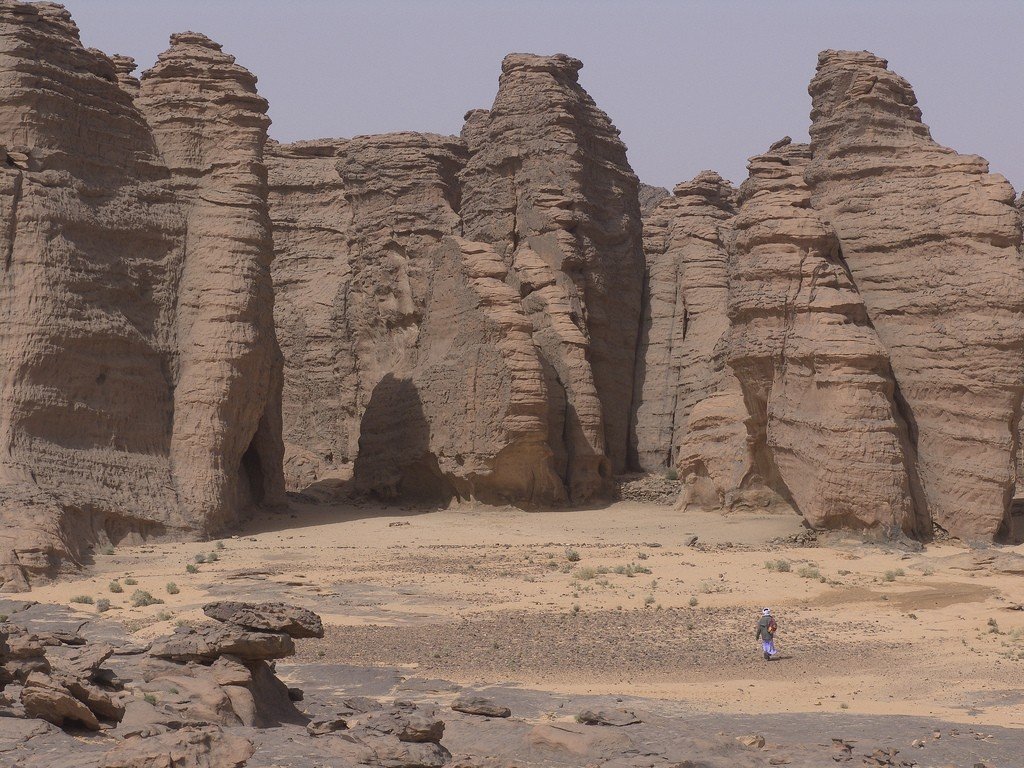
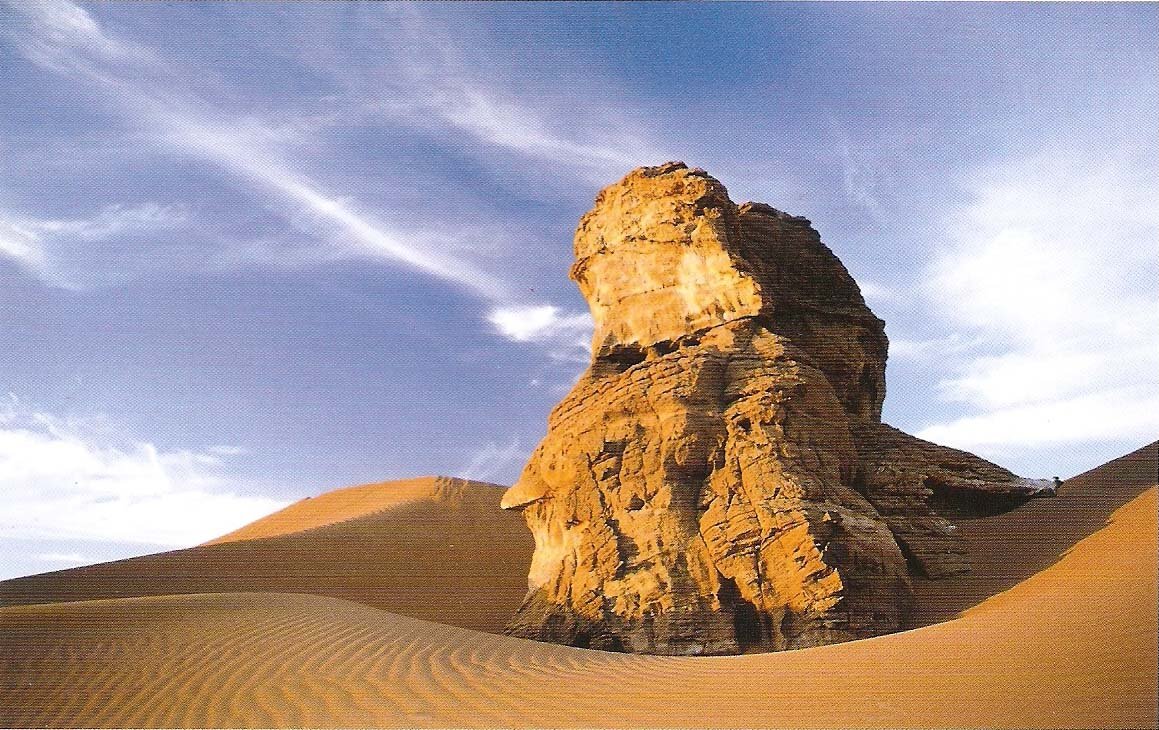
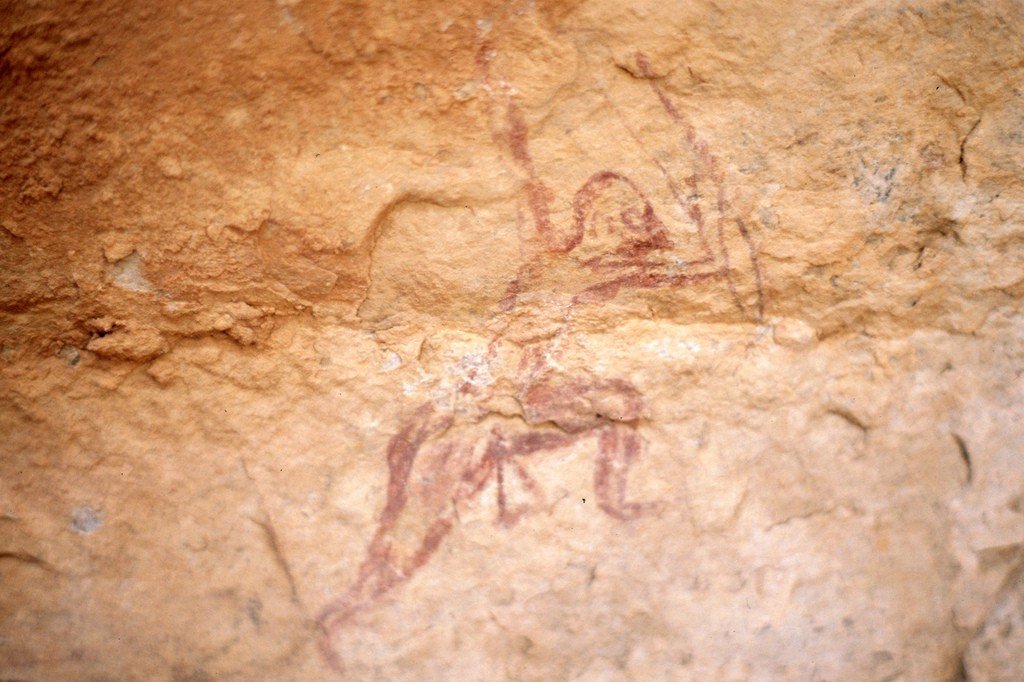
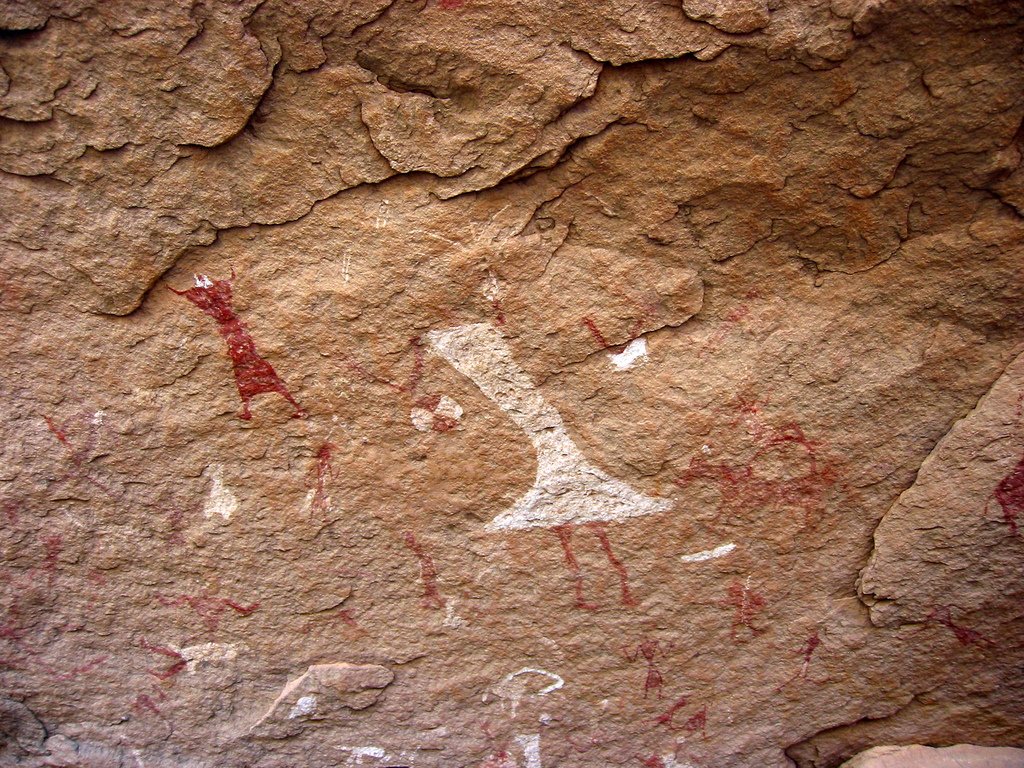
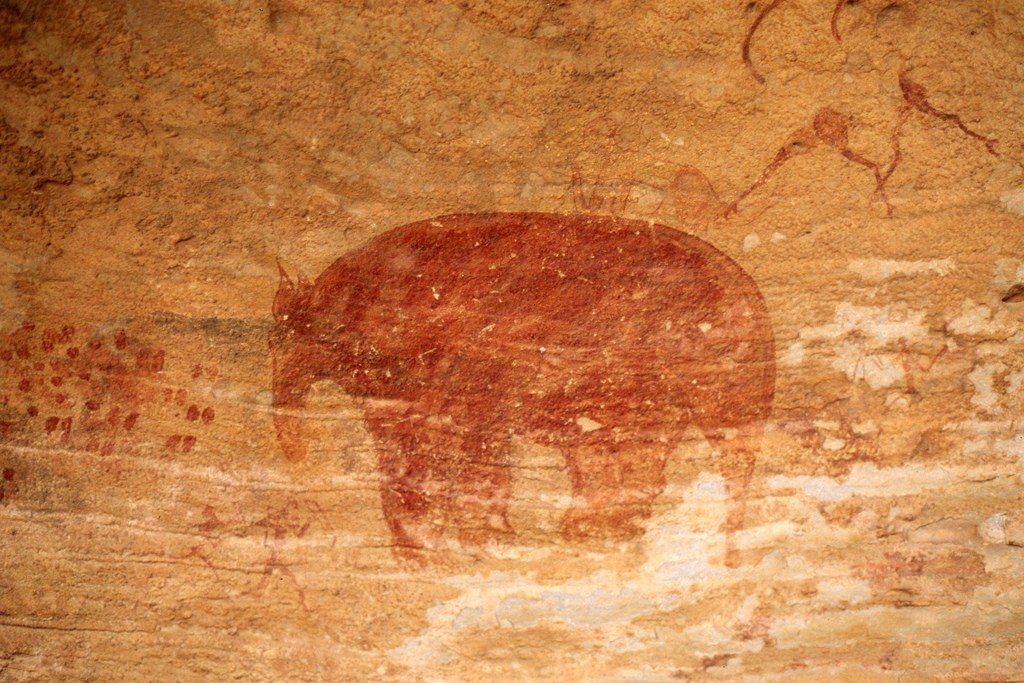
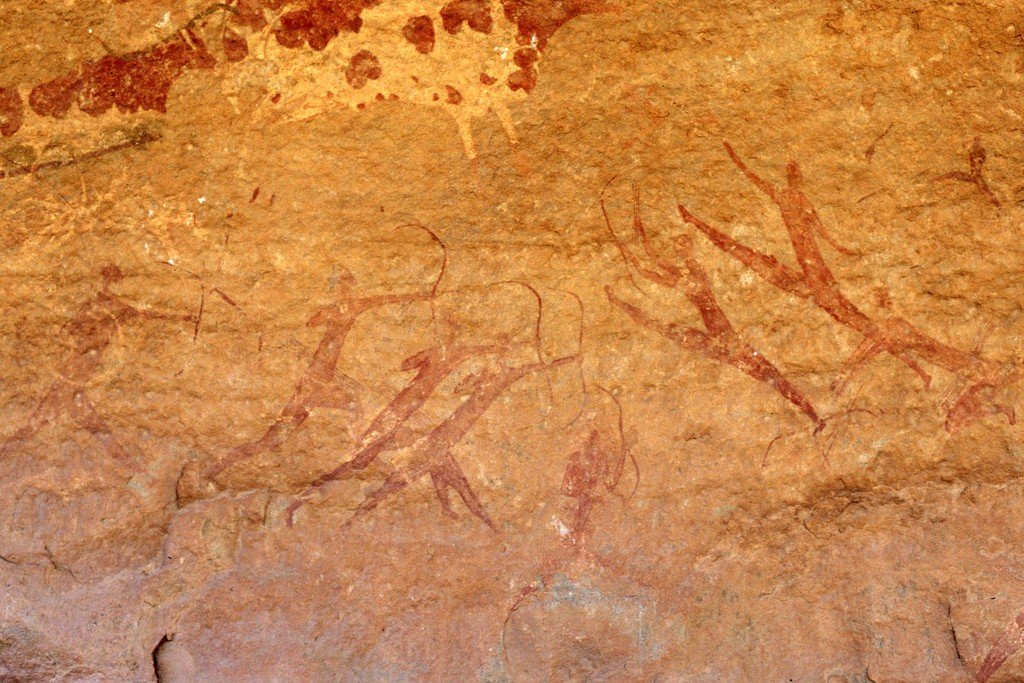
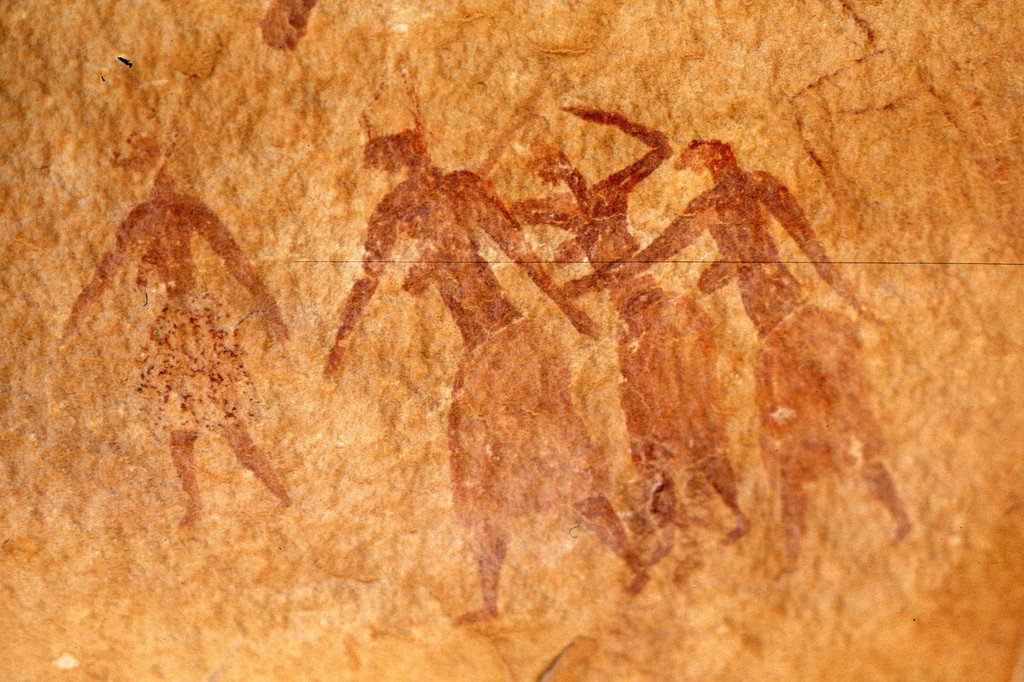
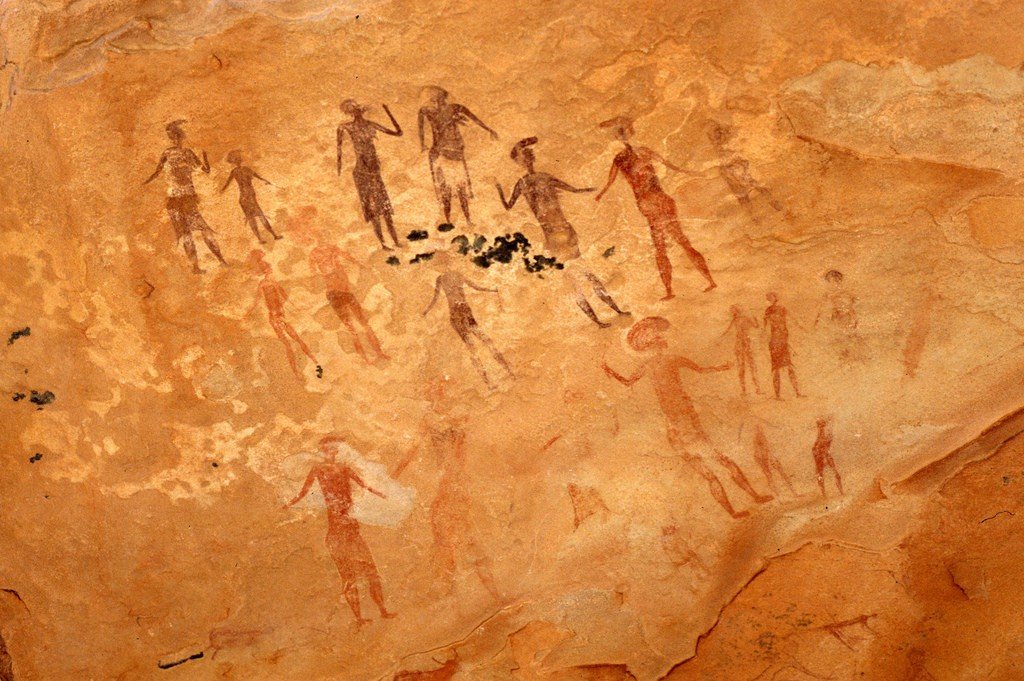
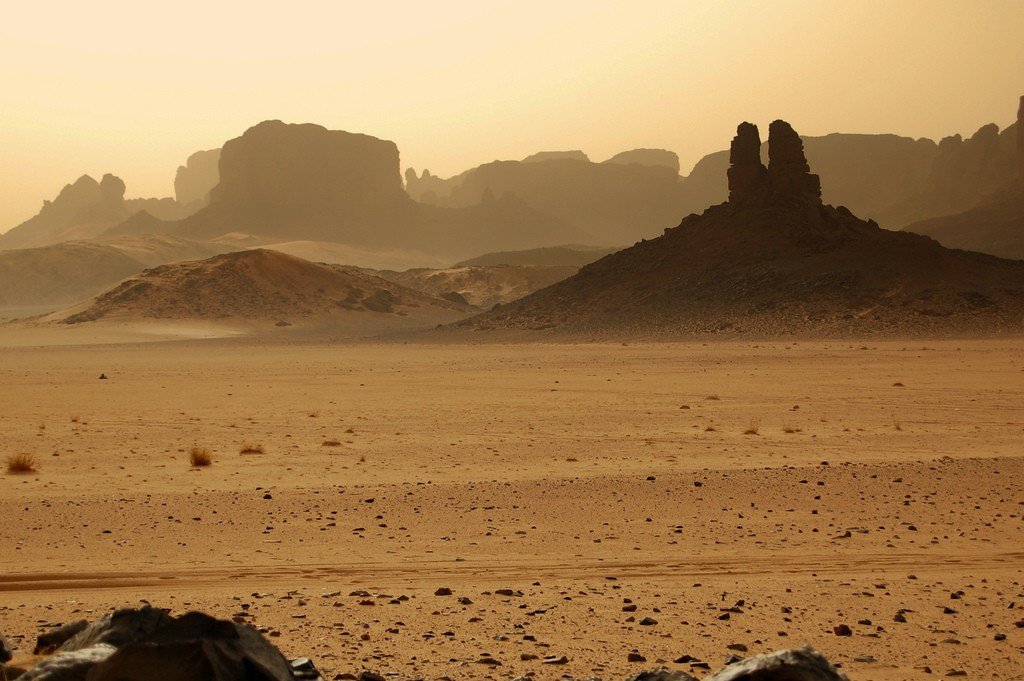
Attractions
Tassilin Ajer has another name. It is sometimes said about the national park as “the forests of the mountains”, because its eroded sandstone is a unique natural phenomenon that is definitely worth seeing. Erosion has created more than 300 stone arches here, as well as many pillars, rock shelters and caves. The mountain range is cut through by wadis – dried up riverbeds that once ran here. All this creates a fantastic “lunar” landscape, which is emphasized by the sun during its dawn and dusk. In the headwaters of the eastern part of the plateau, one can see the endangered endemic species of Saharan cypress and Saharan myrtle.
Not to forget that Tassilin Ajer is one of the largest monuments of rock art. Petroglyphs dating from the 7th millennium BC to the 7th century AD have been found on the plateau. The drawings depict people, animals and scenes from life. According to them it is possible to determine that the desert, lifeless today, was once a fertile area, across the expanse of which roamed huge herds of animals, and on the banks of rivers and lakes settled people engaged in hunting, gathering and fishing.
.The earliest petroglyphs are made in the naturalistic style and were created in the period 6000-2000 years B.C. These are mainly hunting scenes and images of animals of the “Ethiopian” fauna: elephants, rhinoceroses, giraffes, hippos, crocodiles, ostriches, antelopes, an extinct species of buffalo and others. The people depicted here are of the Bushman type. They are masked people with bows and arrows.
.Later drawings from the end of 3000-1000 BC depict domestic animals: sheep, goats, cattle. There are also images of horses, dogs, mouflon, elephants, and giraffes. The drawings are more conventional than the previous group. People are usually masked, with bows and arrows, darts, axes and crooked sticks. Men are dressed in short wide cloaks and women in bell-shaped skirts. These multicolored drawings are made by pastoralist tribes also engaged in hunting and gathering.
.
Images of horses and carts with wheels have also been found from the mid-2nd millennium BC. –
.The depicted bulls and rams with a solar disk on their heads are a possible result of Egyptian influence and the veneration of the god Ra. And in 200-700 AD, images of the camel appeared at Tassilin Ajer.
.Many human tools were also found among the rocks: arrowheads, scrapers, bones, grain grinders, stone knives, etc.
.